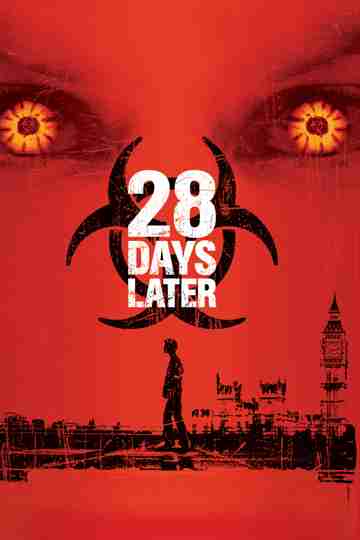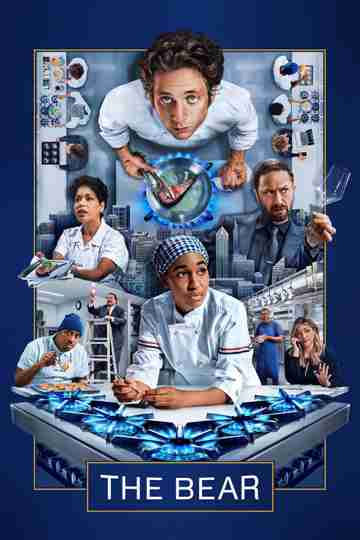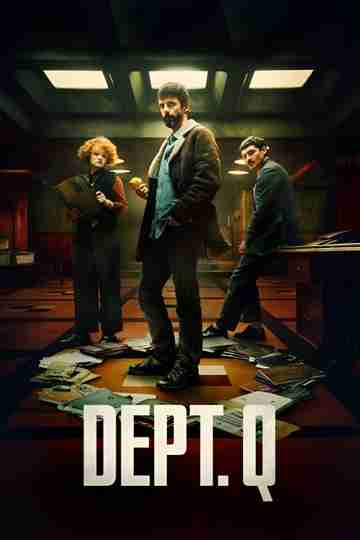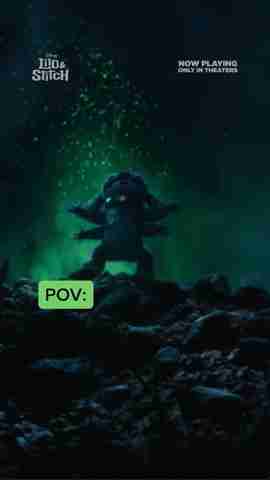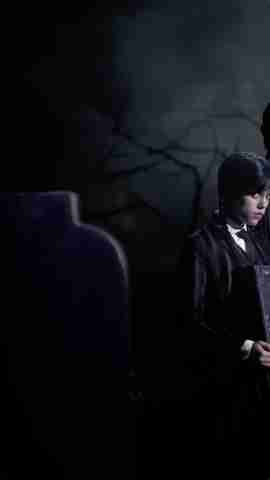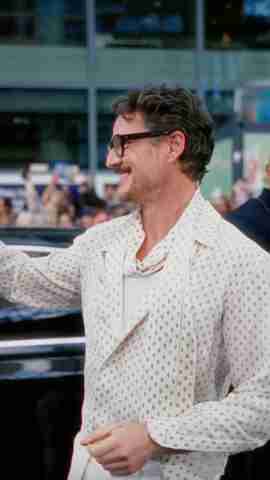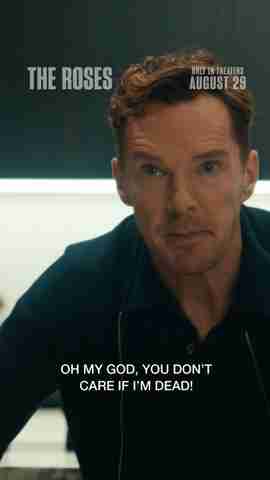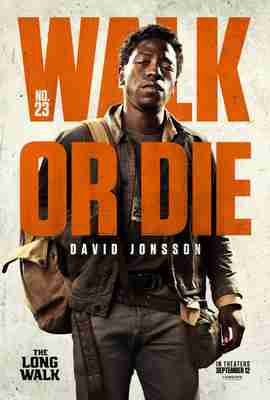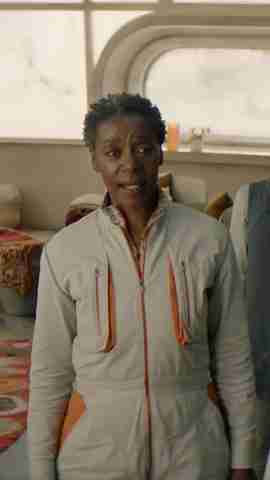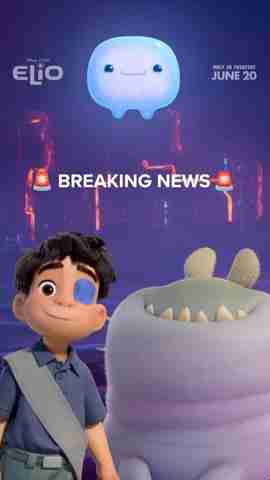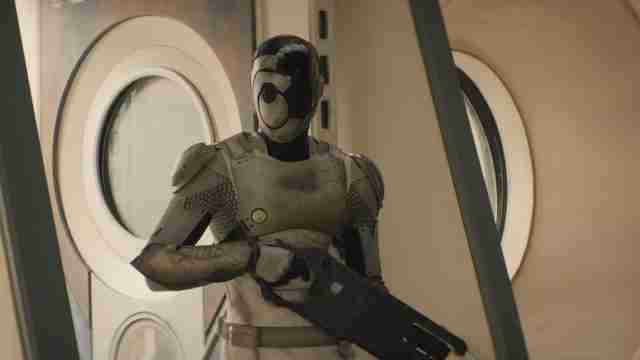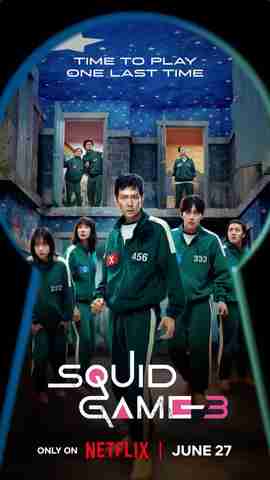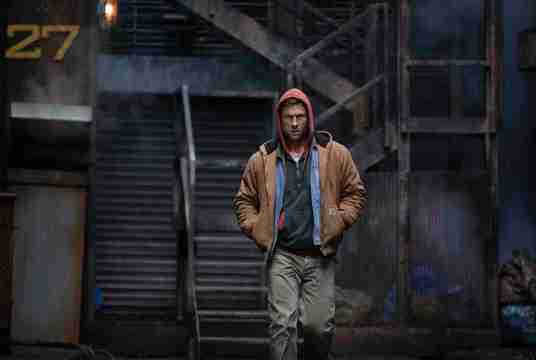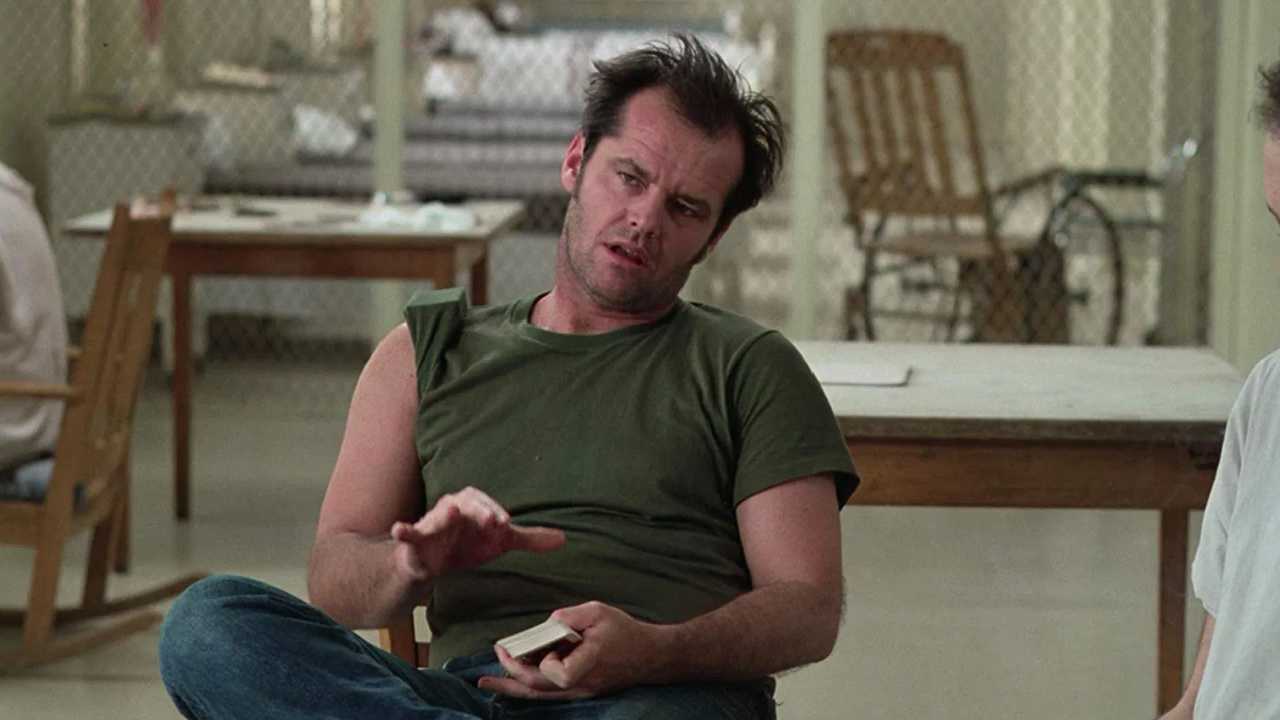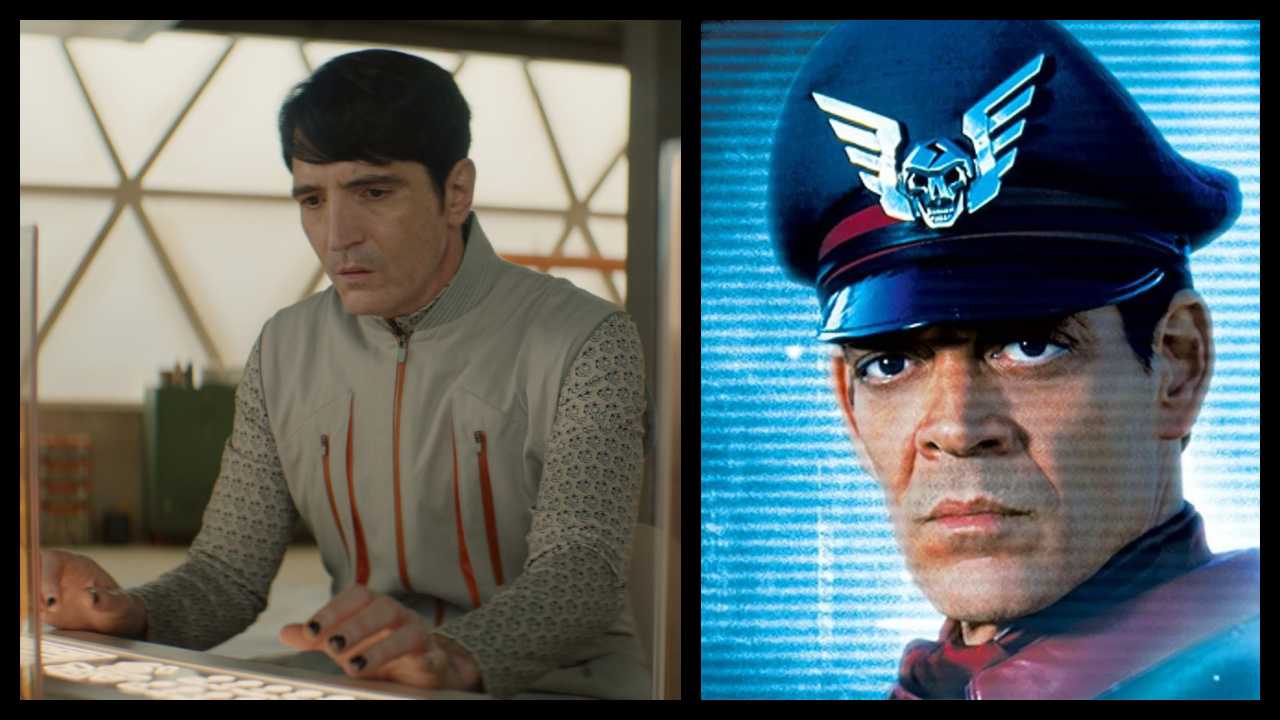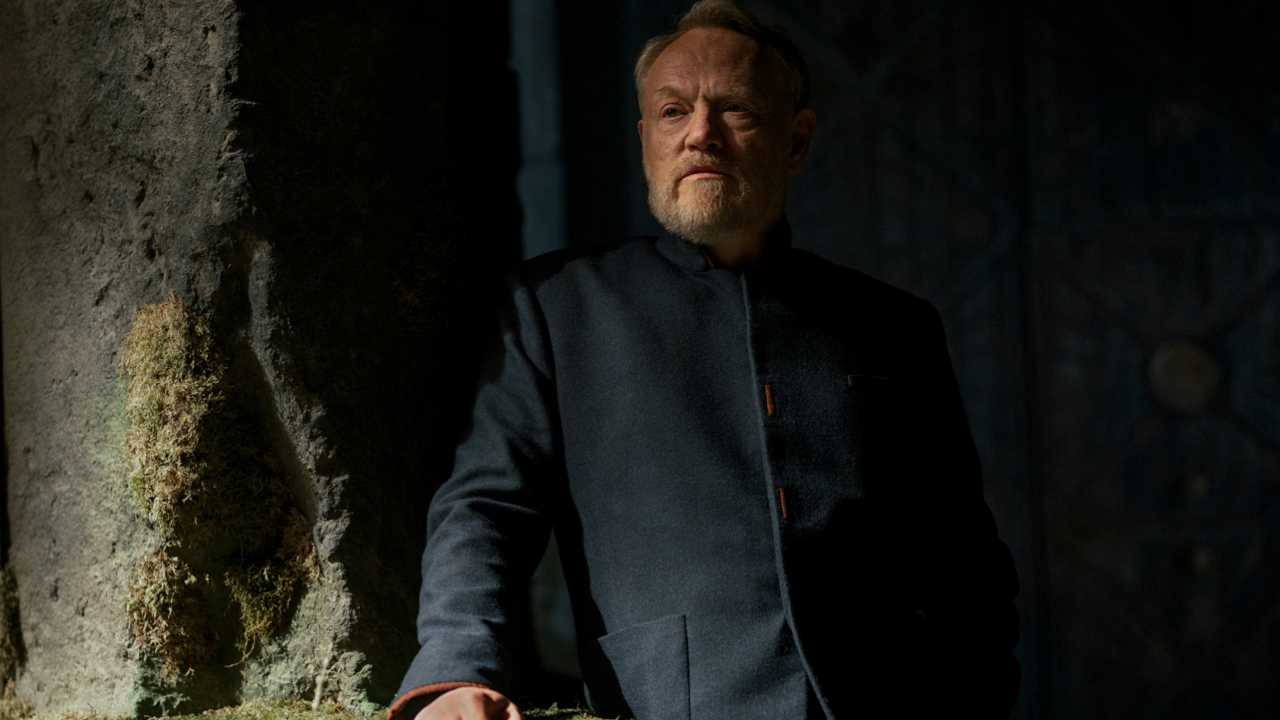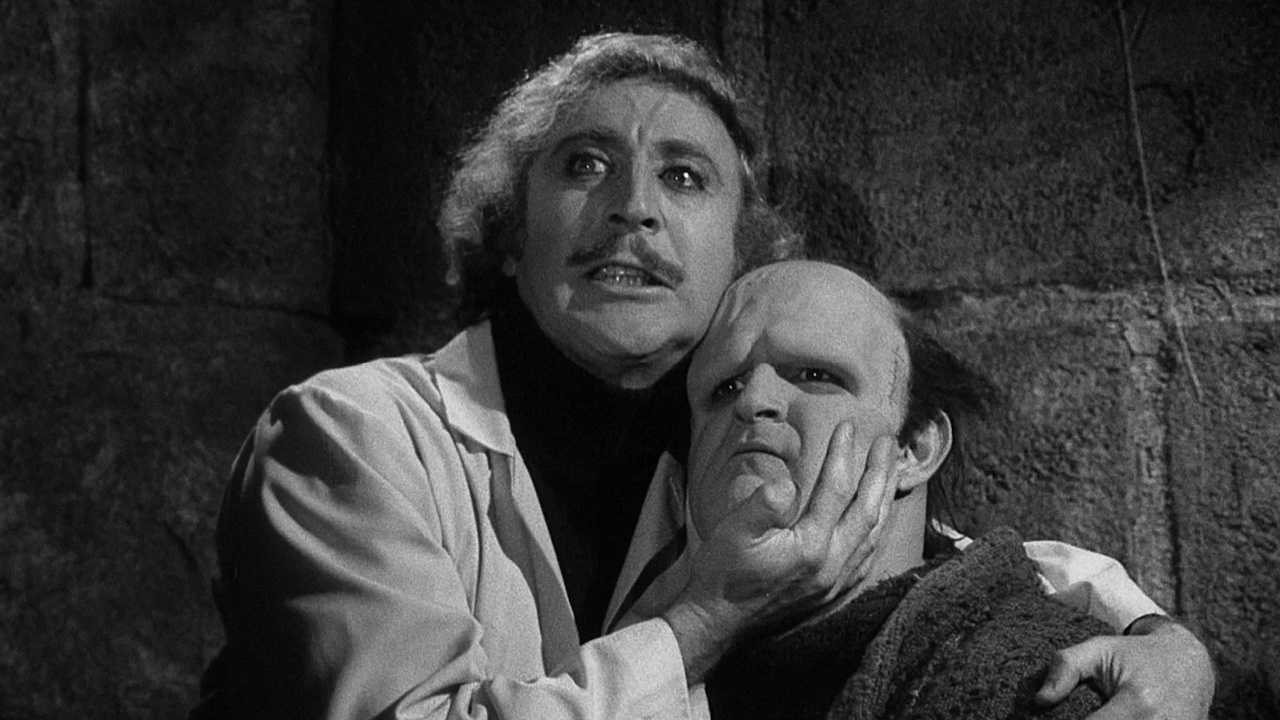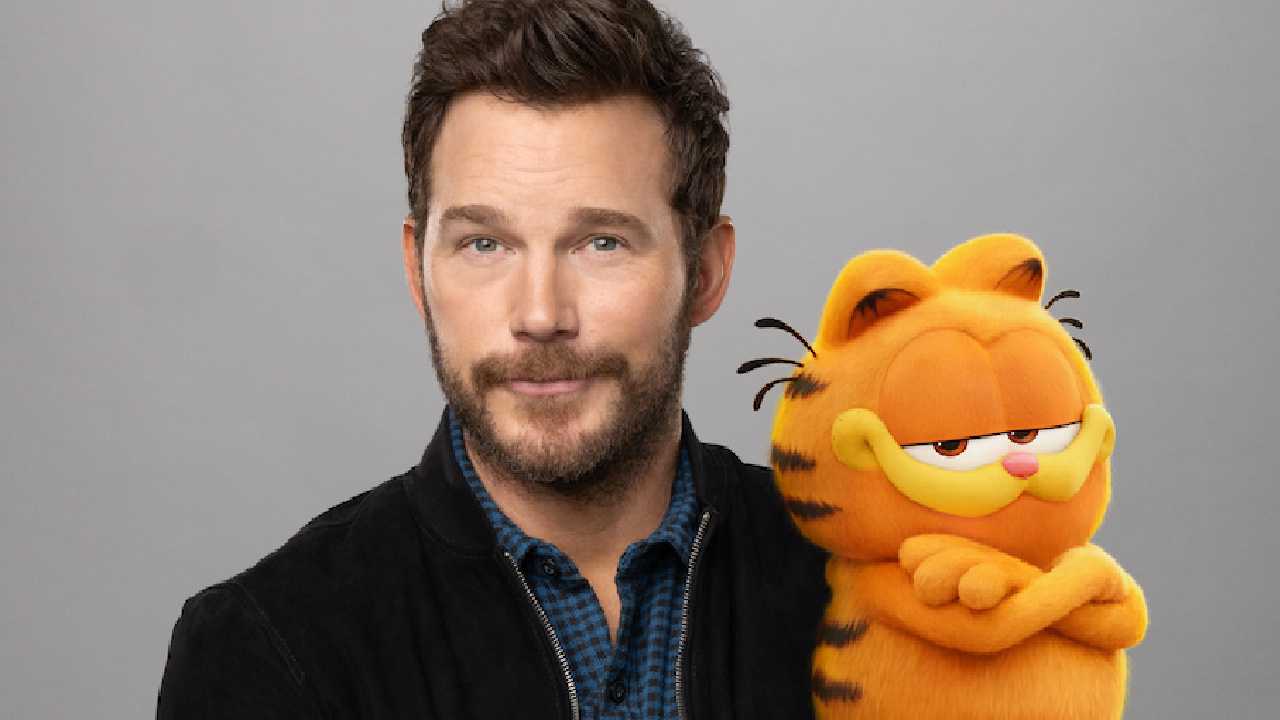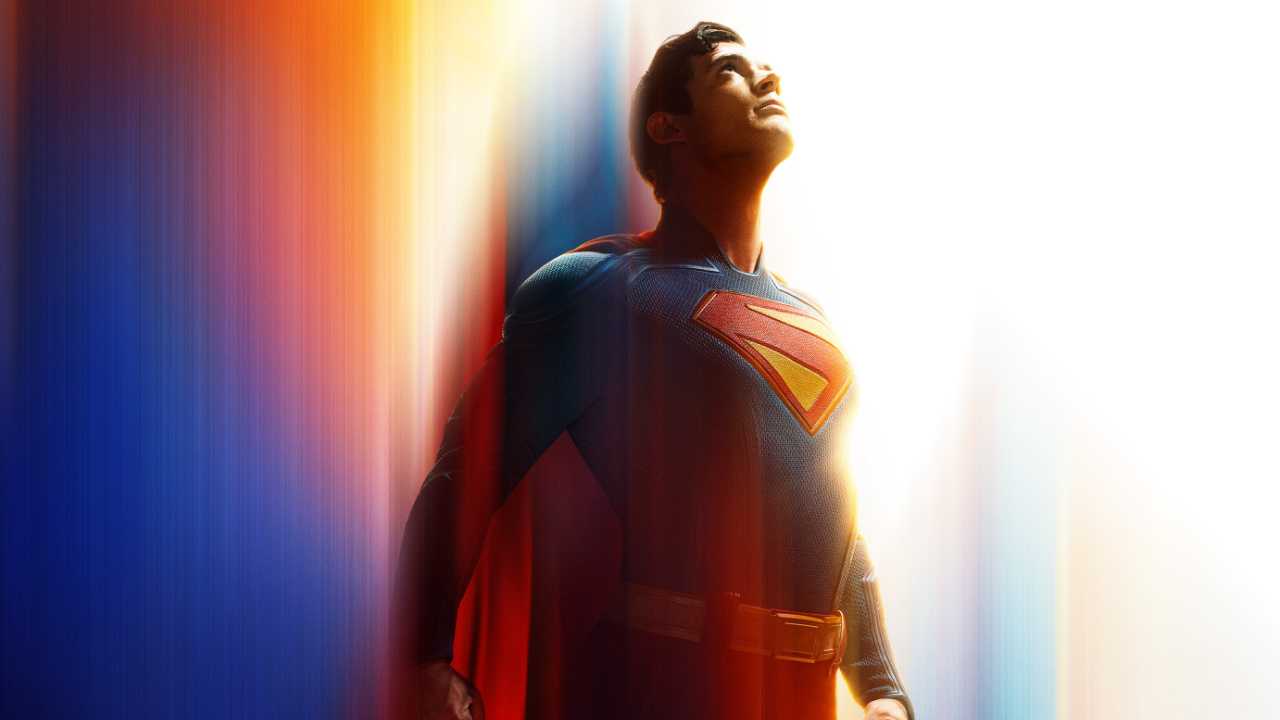7 Episodes of 'The Twilight Zone' Everyone Must See
It is a dimension as vast as space and as timeless as infinity. It is the middle ground between light and shadow, between science and superstition, and it lies between the pit of man's fears and the summit of his knowledge. This is the dimension of imagination. It is an area which we call the Twilight Zone. Those immortal words kicked off “The Twilight Zone,” one of the most influential and groundbreaking television shows of all time. Rod Serling, who wrote most episodes and who served as a de facto emcee, was a visionary of the tallest order. He was able to distill real world unrest and turn it into easily digestible entertainment. In honor of the new “Twilight Zone” series, these are just seven of the very best “Twilight Zone” episodes, with one programming note: Since there is no place (currently) to stream the fourth season, when the shows were hour-long whoppers, there are no episodes from that season listed here.
'Nightmare at 20,000 Feet' (Season 5, Episode 3)
One of the best-remembered and most frequently referenced (and remade – including in this new series) episodes of “Twilight Zone” is also, still, one of its best. William Shatner plays a man who is on his way back from being institutionalized after a nervous breakdown. While seated on an airplane, he begins to suspect a gremlin of tampering with the plane's engine. Of course, no one believes him and he is the only one who sees the creature. Written by the brilliant Richard Matheson, one of the few non-Serling writers on the show, and gamely directed by a young Richard Donner (who would go on to helm “Superman” and “The Omen” amongst many other big screen hits), it's an almost unbearably tense half hour. And somehow, George Miller made the story even better for the 1983 movie.
'The Invaders' (Season 2, Episode 15)
Think of this as a kind of proto-“A Quiet Place:” An old woman (an impeccable Agnes Moorehead), living in what amounts to little more than a shack, is terrorized by a group of invaders -- including but not limited to a tiny UFO and a miniaturized robot. With almost no dialogue, the half hour works as a brilliant, elongated suspense set piece, propelled mostly by the driving plot (once again by Richard Matheson) and the gorgeous score by Jerry Goldsmith (bits of which would be used for the rest of the series). With one of the best, most out-there twists in the history of the show, this is an episode that is too infrequently talked about for how blisteringly brilliant it really is.
'The Masks' (Season 5, Episode 25)
Distinct for its setting (New Orleans during Mardi Gras but, as Sterling notes in the opening narration, it's also the Twilight Zone) and its emphasis on character, “The Masks” follows a dying man as his living family members hover around him like vultures. The dying man proposes that they all wear masks crafted by “an old Cajun” which he sarcastically remarks are supposed to terrifyingly embody the opposite of their actual personalities. Well, you can guess what happens when the masks come off. With typically stunning make-up effects and a mournful script by Serling, this one is hard to shake. Also of note: It was the only episode in the entire series directed by a woman, who was also the only actor to star in an episode and come back to direct another -- Ida Lupino, who starred in the first season episode “The Sixteen-Millimeter Shrine.”
'The Lonely' (Season 1, Episode 7)
An early and often overlooked episode, “The Lonely” is beautiful and spare, a gleaming, elegiac bit of small-scale sci-fi. In the episode, an absolutely perfect Jack Warden plays a murderer who is sentenced to a 50-year stretch on an isolated asteroid. A spaceship occasionally visits to bring supplies, but they can only stay a few minutes. On one trip, though, the ship brings him a humanoid robot. Imagine every thorny idea about love, lust, and technology that the movie “Her” explored, except done a half-century earlier --and better -- and you've got an idea of where this episode goes. Sharply written by Serling, with an impeccable score by Hitchcock regular Bernard Herrmann, this one will make you think while pulling on your heartstrings. They don't all have to be scary, you know?
'A Passage for Trumpet' (Season 1, Episode 32)
As far as actors go, Jack Klugman is the undeniable MVP of “The Twilight Zone.” He starred in four episodes, all of them classics. But this Season One gem is the least talked about and (possibly) the most impactful. In “A Passage for Trumpet,” Klugman plays Joey, a washed up alcoholic jazz musician who, after attempting suicide (by jumping in front of a truck), goes on a spiritual odyssey to reclaim his verve for life. There's no real twist, per se, just a thoughtful rumination on humanity and mortality, rendered in a classic, almost Kapra-esque fashion. Klugman is, of course, peerless, as is the moving script by Serling and the direction by Don Medford, which features some of the coolest practical effects of the entire series. Few episodes were ever this hopeful or contemplative.
'Will the Real Martian Please Stand Up?' (Season 2, Episode 28)
There were a number of episodes of “The Twilight Zone” that dealt with prejudice, fear, and a growing sense of paranoia. And while most would say that Season One breakout “The Monsters Are Due on Maple Street” is the finest exploration of said concerns, for my money, this Season Two episode takes the cake. The set-up is downright delicious -- a UFO crashes and two state troopers track the trail to a diner, where a tour group has just exited off a bus. The rest of the episode is the two troopers trying to figure out who on the bus is actually a Martian. It's thrilling, sometimes hilarious stuff, and Serling's script a clear precursor to John Carpenter's “The Thing.” Another standout is the performance by Barney Phillips as the cook at the diner; he did four episodes of the show and is absolutely stunning. This episode also contains one of the best endings ever, too.
'Eye of the Beholder' (Season 2, Episode 6)
This is one of those episodes that is so ingrained in popular culture that you probably know the twist even if you've never actually seen the episode. In “Eye of the Beholder,” a woman is recovering from a horribly disfiguring accident. We see the doctors and nurses talk to her about potential treatments (one of the greatest things is the doctor telling her they have to stop experimenting at the 11th procedure) and, within a shroud of darkness falling over our lead character, themes of beauty, conformity and acceptance coalesce. What you might not remember about this particularly memorable episode is just how well-directed it is. To keep the final shock a secret, Douglas Heyes' camera has to dance and flitter, keeping things concealed until the very final moment. This is bold, virtuosic stuff, made all the more heightened in (pregnant pause) the Twilight Zone.





